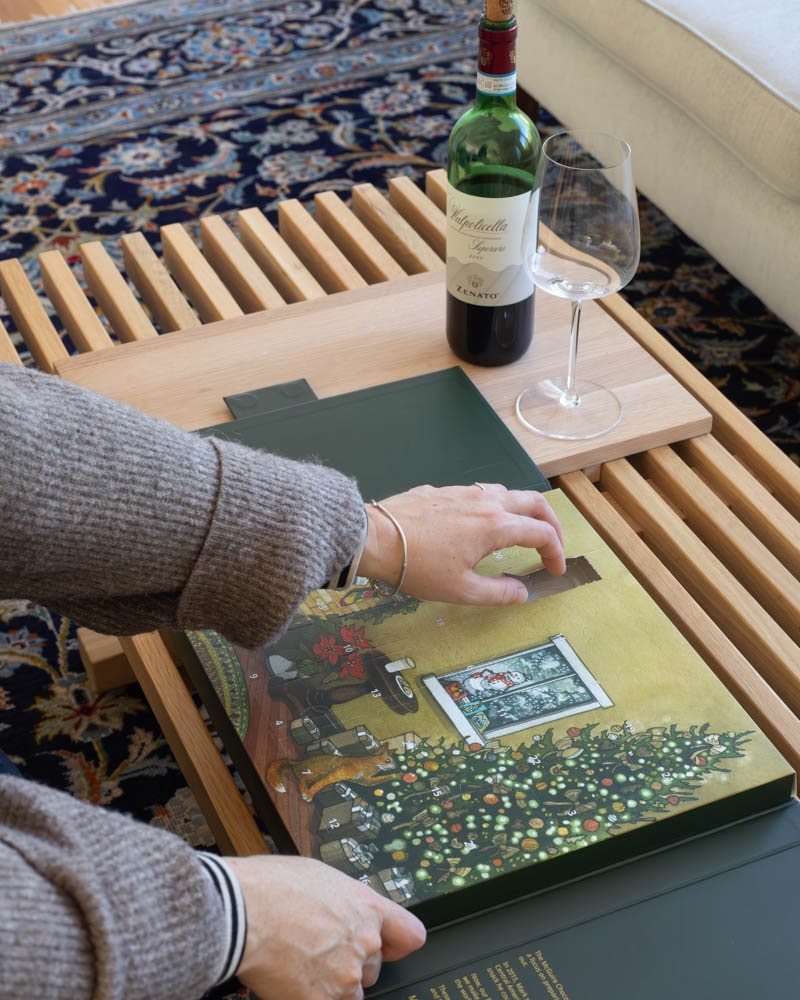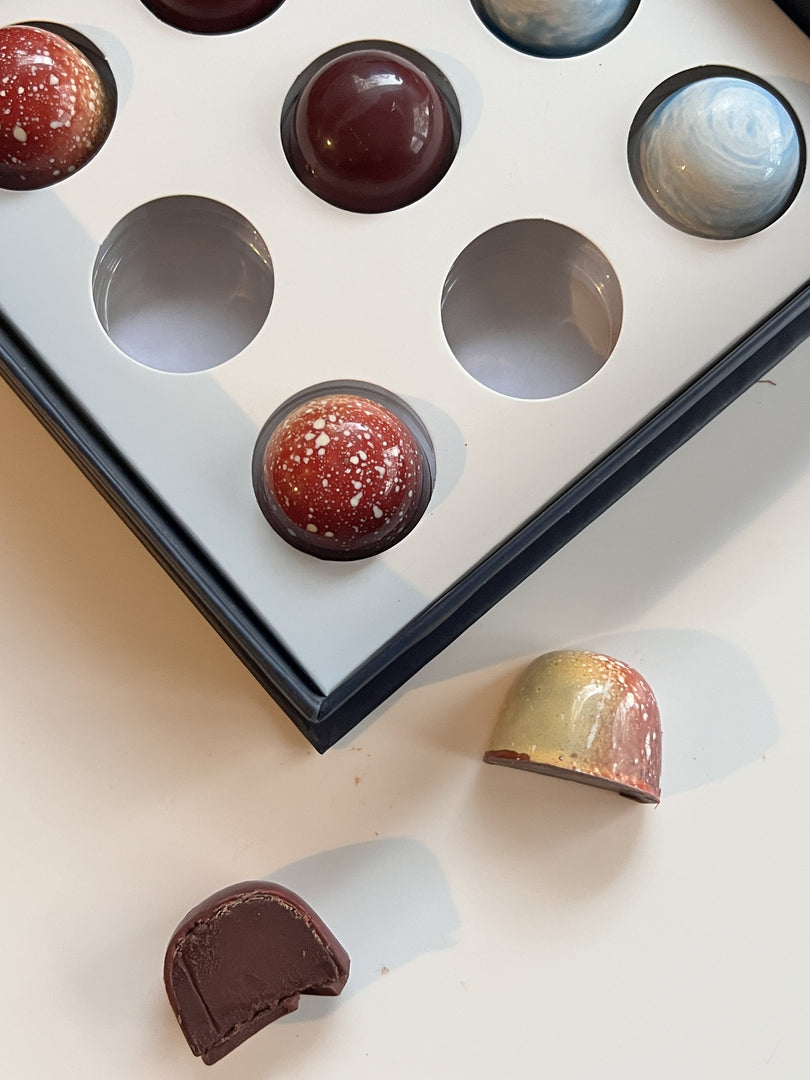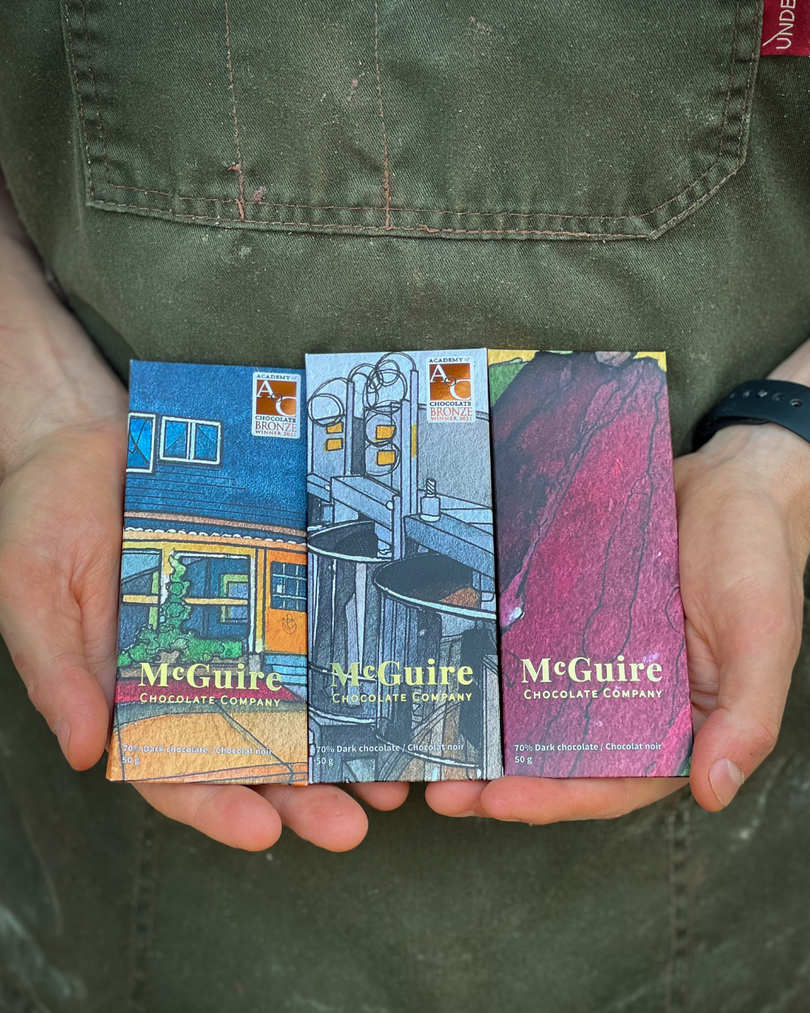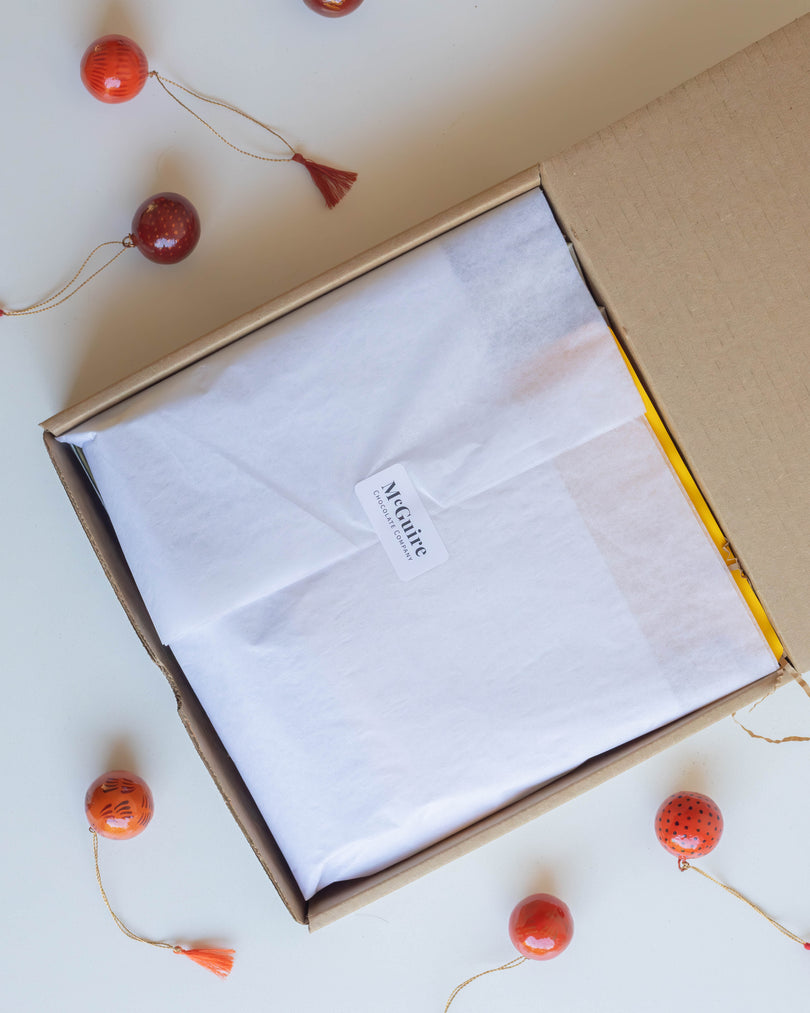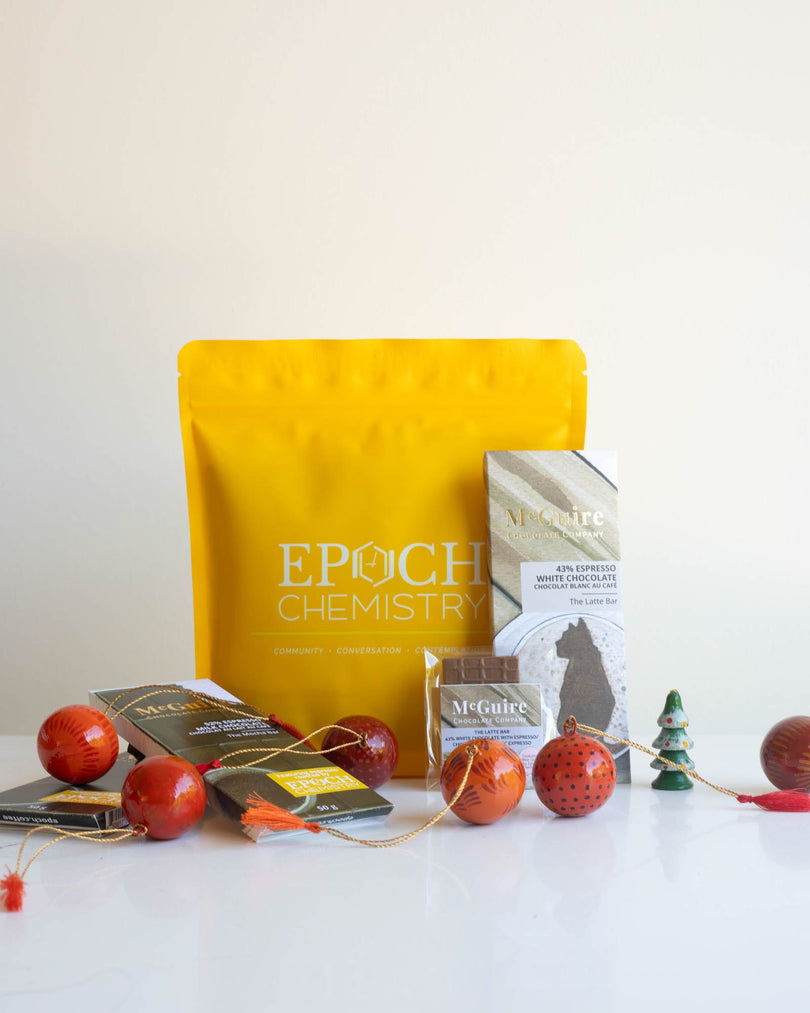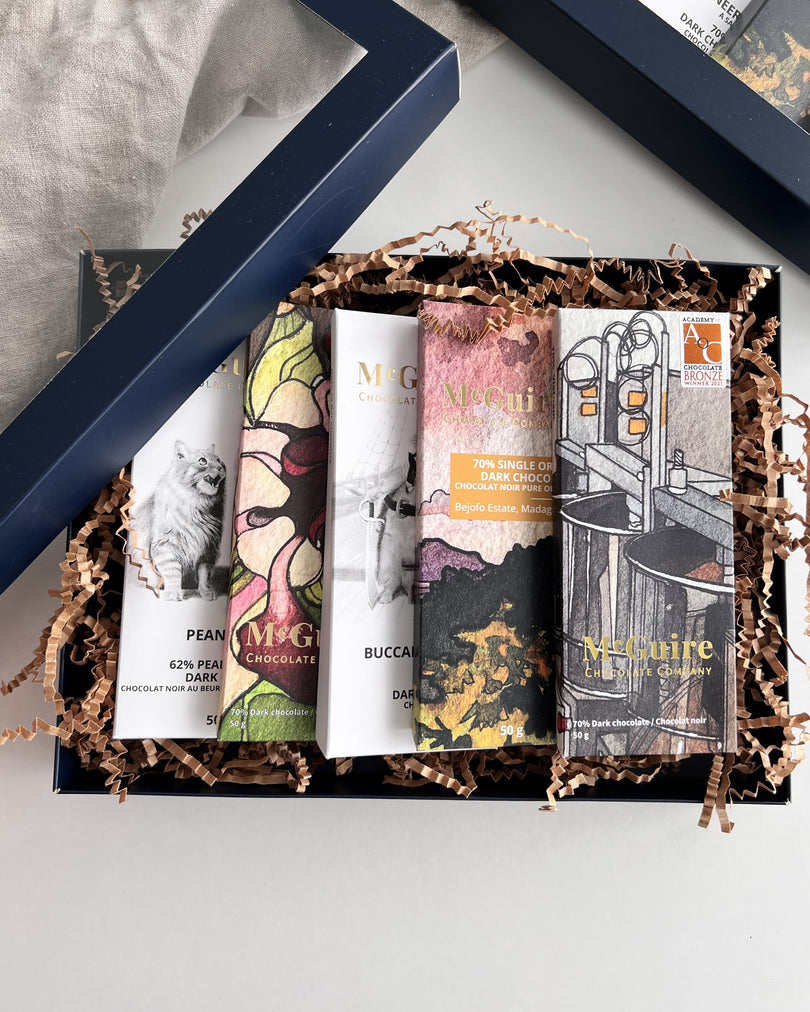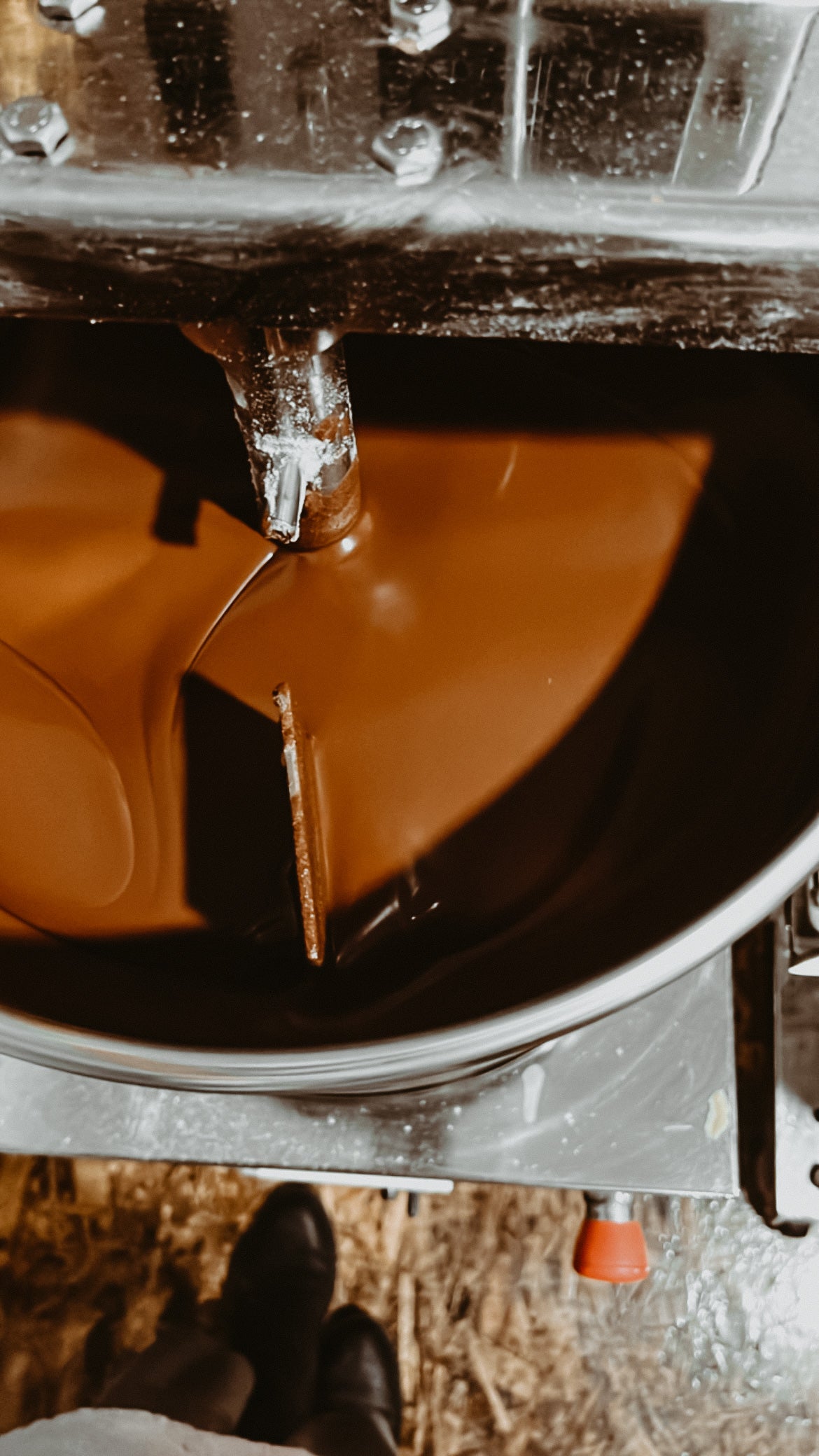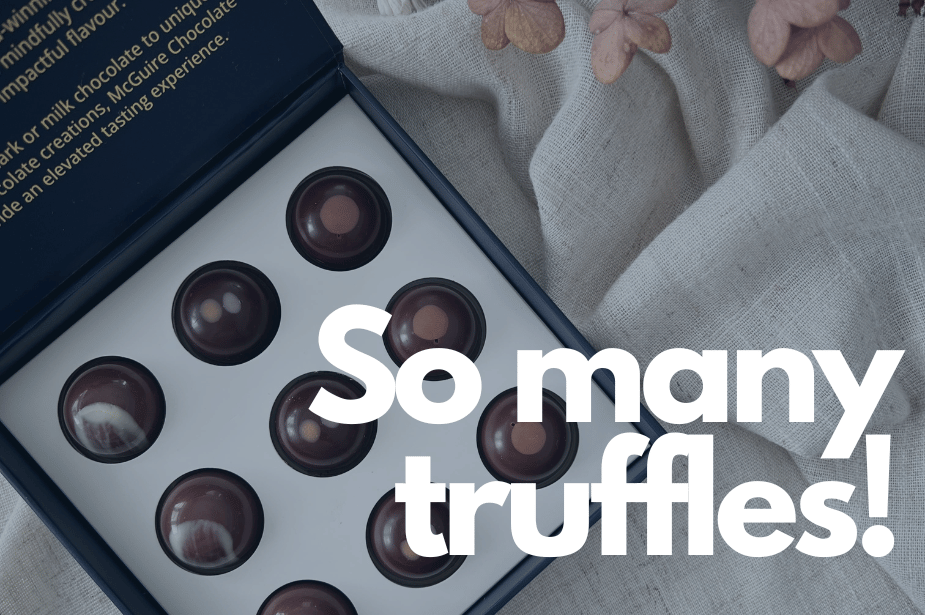Ingredients
The shorter the ingredient list the better. Cacao (the bean that chocolate is made from) should be the first ingredient listed in dark and milk chocolate products. This means there will be a higher concentration of all the benefits that come from cacao – flavonoids and compounds such as phenylethylamine, theobromine and serotonin, which are associated with mood enhancement, energy and feelings of happiness. The darker the chocolate the higher the cacao content.
Look for chocolate made with cane sugar. Cane sugar is a premium sugar that is less processed and retains more nutrients and more flavour than white sugar.
You want to avoid chocolates that list sugar as the first ingredient, lecithin (emulsifiers), Vanilla/ Vanillian (typically used to mask off flavour notes), artificial colours and any ingredients you can't pronounce.
Cacao Bean Source
The origin of the cacao beans should be listed on the chocolate product. The more specific, the better. At McGuire Chocolate, when we list our cacao source – not simply the country but the farmer group – you know that your chocolate bar is made from cacao that supports farmers.
This combats the 20th century chocolate industry that was built on a few extremely large companies - making all the chocolate in the world and distributing it through chocolatiers. Single origin wasn’t even niche – it just wasn’t a thing. In this model we lost all transparency to the source and cacao was treated as a commodity. There are even futures contracts for cacao traded on global exchanges. This treatment is similar to other commodities like oil and gold. The problem is that when we accept cacao as a commodity, we imply that all cacao is created equal. In turn, the effect on farmers is that they emphasize yield over quality. Why go through the investment and effort of having your cacao properly fermented if it’s not going to fetch a premium in the marketplace.
Fermented cacao
An astonishing amount of effort goes into well fermented cacao. The fermentation process must occur within 2 days of being cut from the tree and cacao trees grow in some of the most remote areas of the world. It is not a commercial crop as it requires strong biodiversity to thrive.
On top of this, the fermentation process is capital intensive as it requires infrastructure and technical expertise. A tall order for cacao farmers who (for the most part) live below the poverty line and get squeezed by commodity cacao prices.
Only about 5% of the world’s cacao is fermented. Most is dried. Tell-tale signs that the cacao being used was fermented include: listing the cacao bean source, ingredient list, tasting notes.
Certifications do not matter
Is the chocolate you eat transparently traded? The best indicator is if the farm is listed on the chocolate bar. When the cacao source is listed – not simply the country but the region or farmer group – you know that your chocolate bar is made from cacao the supports farmers.
Certifications such as Fair Trade does not indicate quality, nor does it meaningfully improve quality of life for farmers. Fair trade only ensures farmers are paid a fraction more than market price, while the craft chocolate industry pays more than double the market price for fermented cacao. Cacao suppliers like Uncommon Cacao publish transparency reports breaking down where the money goes.

Organic is another certification that is not relevant when it comes to high quality craft chocolate. Cacao is a jungle fruit that is grown in remote areas that are very hard to access. Most farmers do not have access to pesticides and do not use them on cacao trees. Some of the greatest threats to cacao pods are viral and fungal diseases (witches broom, frosty pod rot, and black pod rot) which do not respond to pesticide use. To get and maintain an organic certification is unobtainable to most farmers, and they are put at an unfair disadvantage in the market by not having a certified organic label.
When looking for high quality chocolate, it is important to look at the ingredients in your chocolate. You are looking to ingredients like cacao and cane sugar while avoiding sugar first chocolate, lecithin, vanilla and artificial colours. Cacao bean source should be listed and specific (country doesn't count). This will help you identify if the cacao used is fermented as opposed to dried. Finally, keep in mind that certifications, such as fair-trade or organic, are not indicators of quality or flavour when it comes to identifying high quality cacao. The higher the cacao content, the better the chocolate is for you.
Now, go out and savour some really good chocolate.
